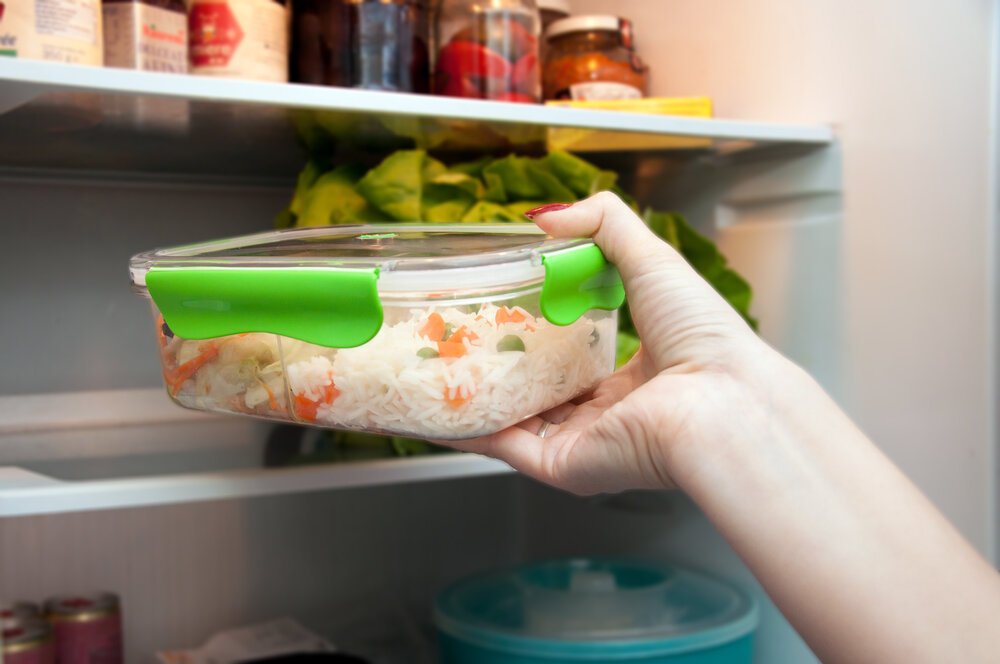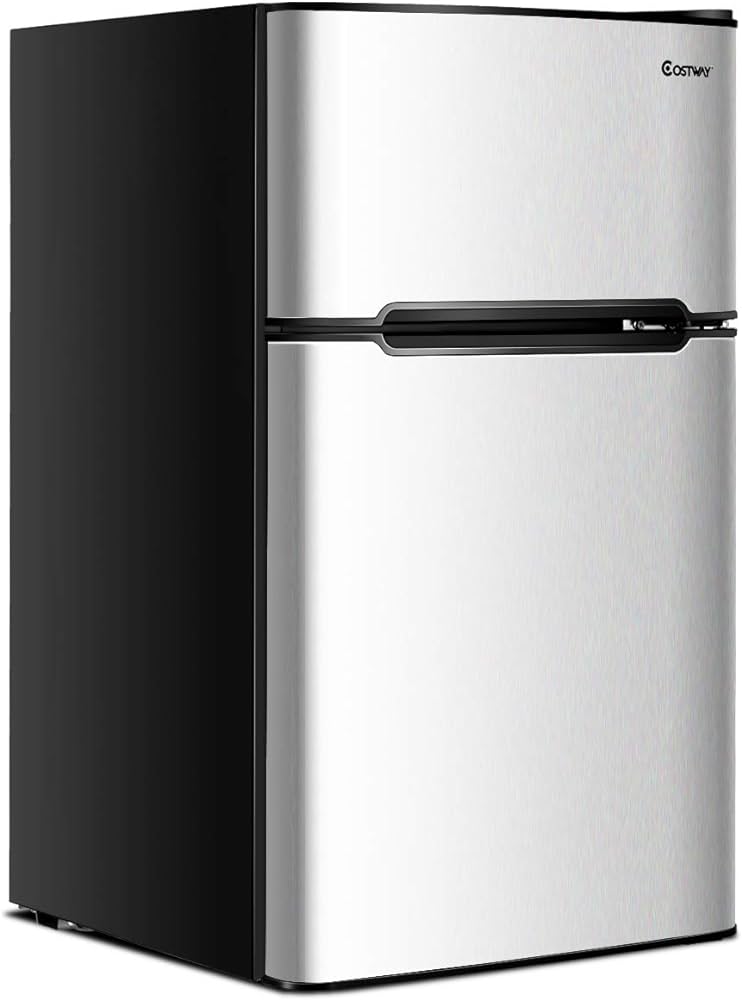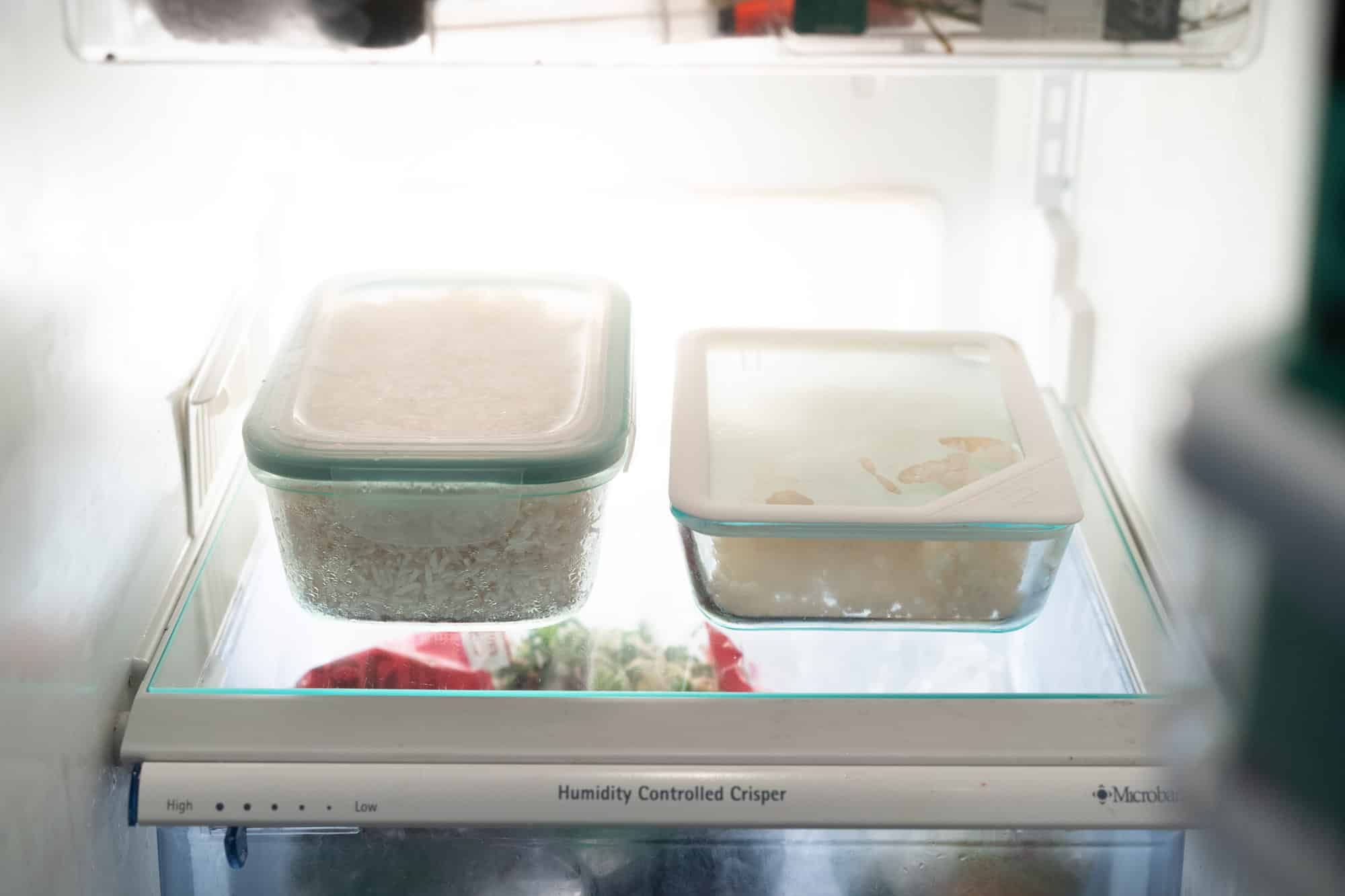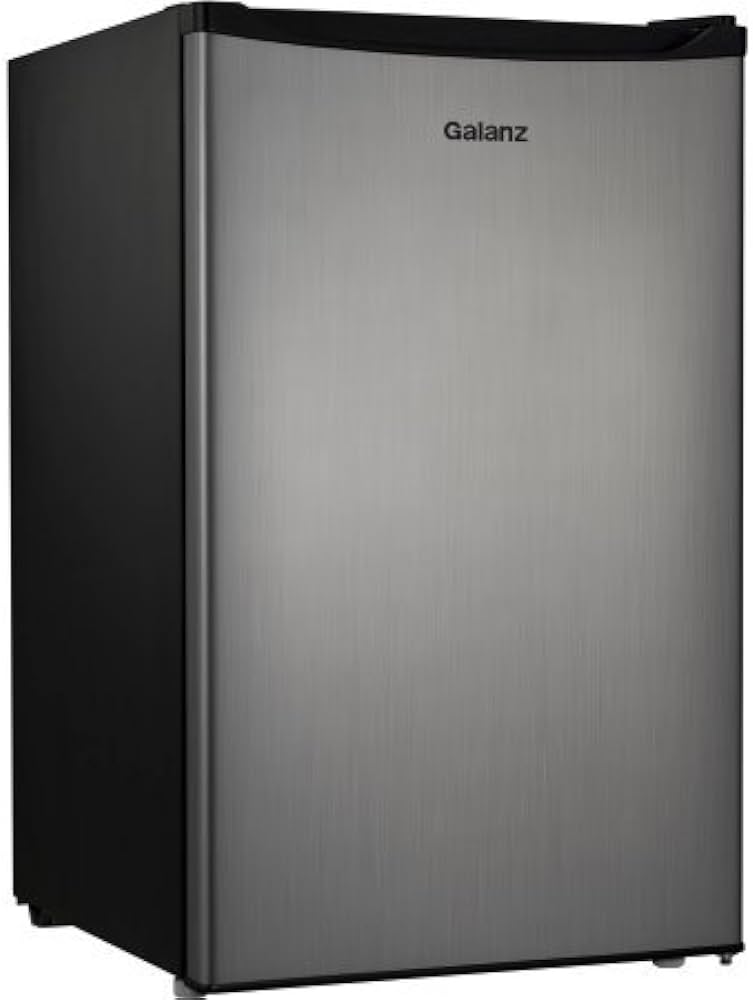Introduction:
Cooked rice is a staple in many households, offering versatility and convenience for various meals. However, it’s crucial to store cooked rice properly to ensure it remains safe to eat and maintains its quality. This comprehensive guide explores the shelf life of cooked rice in the refrigerator, factors affecting its longevity, signs of spoilage, and tips for proper storage.

How Long Is Cooked Rice Good for in the Refrigerator?
Understanding the Shelf Life of Cooked Rice
The general consensus is that cooked rice can be safely stored in the refrigerator for 3 to 5 days. This timeframe ensures that the rice stays fresh and minimizes the risk of bacterial growth that can lead to foodborne illnesses.
Standard Shelf Life: When stored correctly in an airtight container, cooked rice typically remains good for about 3 to 5 days in the refrigerator. Beyond this period, the risk of bacterial contamination increases.
Variations by Rice Type: Different types of rice may have slightly varying shelf lives. For instance, white rice generally lasts longer than brown rice due to its lower oil content. Brown rice has more natural oils, which can cause it to spoil faster, often closer to the 3-day mark.
Factors Affecting the Longevity of Cooked Rice
Several factors can influence how long cooked rice remains safe to eat, including storage conditions, cooking methods, and temperature.
Storage Temperature: Refrigeration slows the growth of bacteria, making the fridge the best place to store cooked rice. The temperature should be consistently below 40°F (4°C) to ensure safety.
Airtight Containers: Using airtight containers for storing rice prevents it from drying out and protects it from absorbing other odors in the fridge. Airtight containers also limit exposure to air, reducing bacterial growth.
Prompt Refrigeration: Cooked rice should be refrigerated within two hours of cooking. Leaving rice at room temperature for longer periods allows bacteria like Bacillus cereus to thrive, leading to potential food poisoning.
Initial Cooking Quality: The shelf life of rice can also depend on how well it was cooked initially. Properly cooked rice has fewer residual bacteria and a more stable texture, extending its shelf life.

Signs of Spoiled Rice
It’s important to recognize the signs of spoilage to avoid consuming rice that is no longer safe to eat.
Unpleasant Odor: One of the most apparent signs of spoiled rice is an off or sour smell. Fresh rice has a neutral, mildly nutty aroma, while spoiled rice emits a distinctly unpleasant odor.
Texture Changes: Spoiled rice may become excessively dry and hard or overly wet and mushy. The change in texture is a clear indication that the rice should not be consumed.
Visible Mold: Mold growth on rice is often seen as discolored spots, usually black, green, or blue. Any visible mold means the rice is unsafe to eat and should be discarded immediately.
Slimy Coating: A slimy or sticky coating on the rice indicates bacterial growth. This texture signifies that the rice has gone bad and should not be eaten.
Unappealing Taste: If the rice has developed a sour or off taste, it is likely spoiled. Always trust your senses—if it doesn’t smell, look, or taste right, it’s best to discard it.
Proper Storage Techniques
Storing cooked rice properly is essential to extend its shelf life and ensure it remains safe to eat.
Cool Rice Rapidly: After cooking, let the rice cool slightly at room temperature but do not leave it out for more than two hours. Rapidly cool the rice by spreading it out on a baking sheet or using a shallow container.
Use Airtight Containers: Transfer the cooled rice to airtight containers before placing it in the refrigerator. Airtight containers help maintain moisture levels and prevent the rice from absorbing other odors.
Label and Date: Labeling the container with the date of cooking helps you keep track of how long the rice has been stored. This practice ensures you use the rice within the safe time frame and reduces the risk of consuming spoiled rice.
Avoid Stacking Containers: Avoid stacking multiple containers of rice immediately in the refrigerator, as this can trap heat and slow down the cooling process. Allow adequate air circulation around each container.
Reheat Properly: When reheating rice, ensure it reaches an internal temperature of 165°F (74°C). This temperature kills any potential bacteria and ensures the rice is safe to eat.

Reheating Cooked Rice Safely
Properly reheating cooked rice is crucial to maintaining food safety and texture.
Microwave Method: To reheat rice in the microwave, place it in a microwave-safe dish and add a few tablespoons of water or broth to moisten it. Cover loosely with a microwave-safe lid or plastic wrap and heat on high for 2-3 minutes, stirring halfway through.
Stovetop Method: For stovetop reheating, place the rice in a saucepan and add a splash of water or broth. Cover the pan and warm the rice over low heat, stirring occasionally until evenly heated.
Oven Method: To reheat rice in the oven, preheat the oven to 300°F (150°C). Spread the rice evenly in an oven-safe dish, add a little water or broth, cover with foil, and bake for about 15-20 minutes until heated through.
Avoid Repeated Reheating: Reheat only the portion of rice you intend to consume, as repeated cooling and reheating can increase the risk of bacterial growth. Once reheated, consume the rice immediately and do not refrigerate leftovers.
Freezing Cooked Rice for Extended Storage
Freezing cooked rice is an excellent option for those who want to extend its shelf life beyond a few days.
Prepare for Freezing: Cool the cooked rice completely before freezing. Spreading it out in a single layer on a baking sheet helps cool it quickly and evenly.
Portion Control: Divide the rice into portion-sized amounts before freezing. This allows you to thaw and use only what you need without having to defrost the entire batch.
Use Freezer Bags: Place the portioned rice in freezer-safe bags, squeeze out as much air as possible, and seal tightly. Label the bags with the date of freezing for easy tracking.
Freeze Flat: Lay the freezer bags flat in the freezer to save space and ensure the rice freezes evenly. Once frozen, you can stack the bags to maximize freezer space.
Thawing and Reheating: Thaw frozen rice in the refrigerator overnight or use the microwave for quick thawing. Reheat the thawed rice using the microwave, stovetop, or oven methods mentioned earlier, ensuring it reaches 165°F (74°C) for food safety.

Using Leftover Rice in Recipes
Repurposing leftover rice in various recipes can help minimize food waste and add variety to your meals.
Fried Rice: Leftover rice is perfect for making fried rice. The firm texture of day-old rice holds up well during stir-frying, absorbing flavors from sauces and seasonings.
Rice Salad: Use chilled leftover rice to create rice salads. Combine with fresh vegetables, herbs, proteins, and a light dressing for a wholesome, refreshing dish.
Rice Pudding: Transform leftover rice into a sweet treat by making rice pudding. Cook the rice with milk, sugar, and spices until creamy and serve warm or chilled.
Soups and Stews: Add leftover rice to soups and stews to bulk up the meal and make it more filling. Stir the rice in during the final stages of cooking to heat through without becoming mushy.
Rice Bowls: Create rice bowls by topping the leftover rice with proteins like chicken, tofu, or beef, and a mix of vegetables. Drizzle with sauces for a quick, balanced meal.
Minimizing Food Waste with Rice
Efficiently managing rice portions and storage can help reduce food waste and make the most of this versatile staple.
Cook Appropriate Portions: Estimate the amount of rice needed per meal to avoid excessive leftovers. Typically, 1/2 to 1 cup of cooked rice per person is sufficient.
Plan Meals: Incorporate leftover rice into your meal planning. Knowing how you will use the leftover rice reduces the likelihood of spoilage and waste.
FIFO Principle: Follow the “first in, first out” principle, using older rice first and ensuring stored rice is consumed within the safe timeframe.
Creative Recipes: Get creative with using leftover rice in different recipes, exploring various cuisines and dishes to keep meals exciting and reduce food monotony.
Donations: If you have a surplus of cooked rice that you cannot use within the safe storage window, consider donating it to food banks or shelters where possible.

Health and Safety Considerations
Ensuring the health and safety of stored cooked rice is paramount to avoid foodborne illnesses.
Prevent Cross-Contamination: Store rice separately from raw meats and other perishable items to prevent cross-contamination. Use separate utensils and cutting boards to handle rice and raw food items.
Temperature Control: Maintain a consistent refrigerator temperature below 40°F (4°C) to inhibit bacterial growth on stored rice. Use a fridge thermometer to monitor any fluctuations.
Hygienic Practices: Practice good hygiene when handling rice, including washing hands, using clean utensils, and ensuring the cooking and storage areas are clean.
Understand Food Safety: Familiarize yourself with food safety guidelines to ensure you handle and store cooked rice properly. Knowledge of best practices can prevent common food safety mistakes.
Consult Professionals: For large-scale food preparation, such as in restaurants or catering, consult food safety professionals to ensure compliance with local health regulations and standards.
Conclusion
Cooked rice can be safely stored in the refrigerator for 3 to 5 days when proper storage techniques are used. Understanding the factors that influence rice’s shelf life, recognizing signs of spoilage, and applying effective storage and reheating methods ensure that your rice remains safe to eat and retains its quality. By implementing proper food safety measures, planning meals efficiently, and exploring creative recipes, you can make the most of your cooked rice while minimizing food waste and maintaining a healthy, safe kitchen environment.
